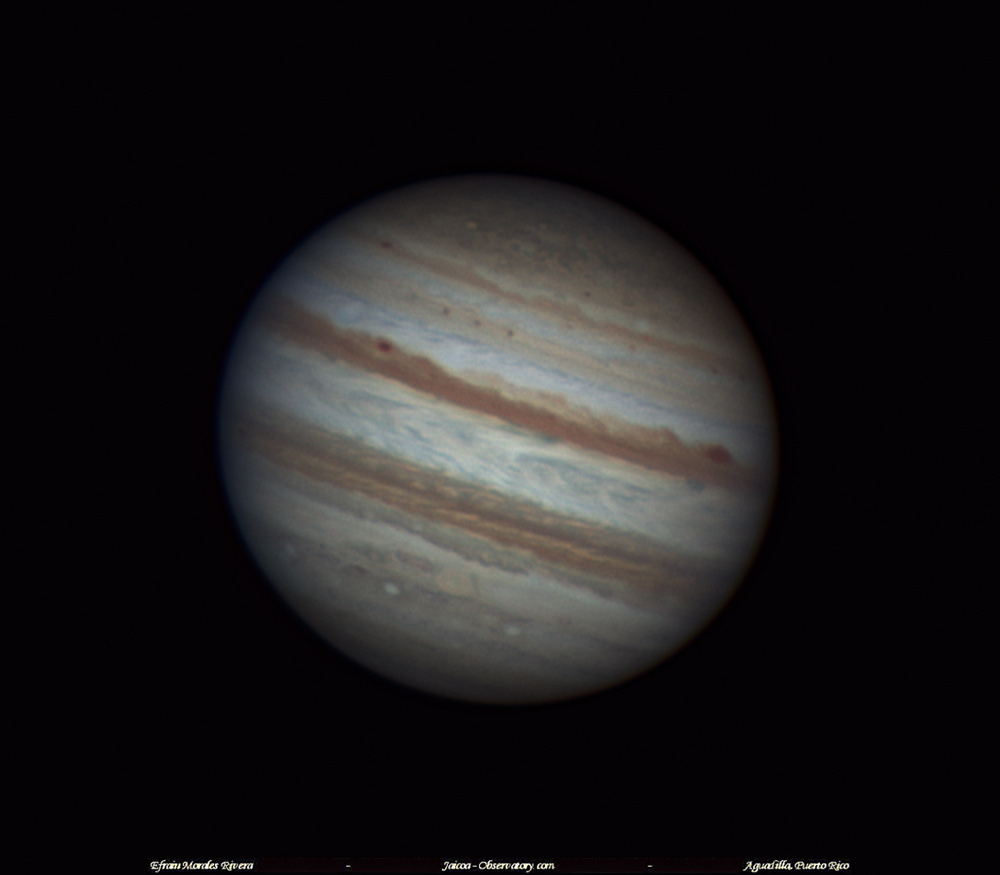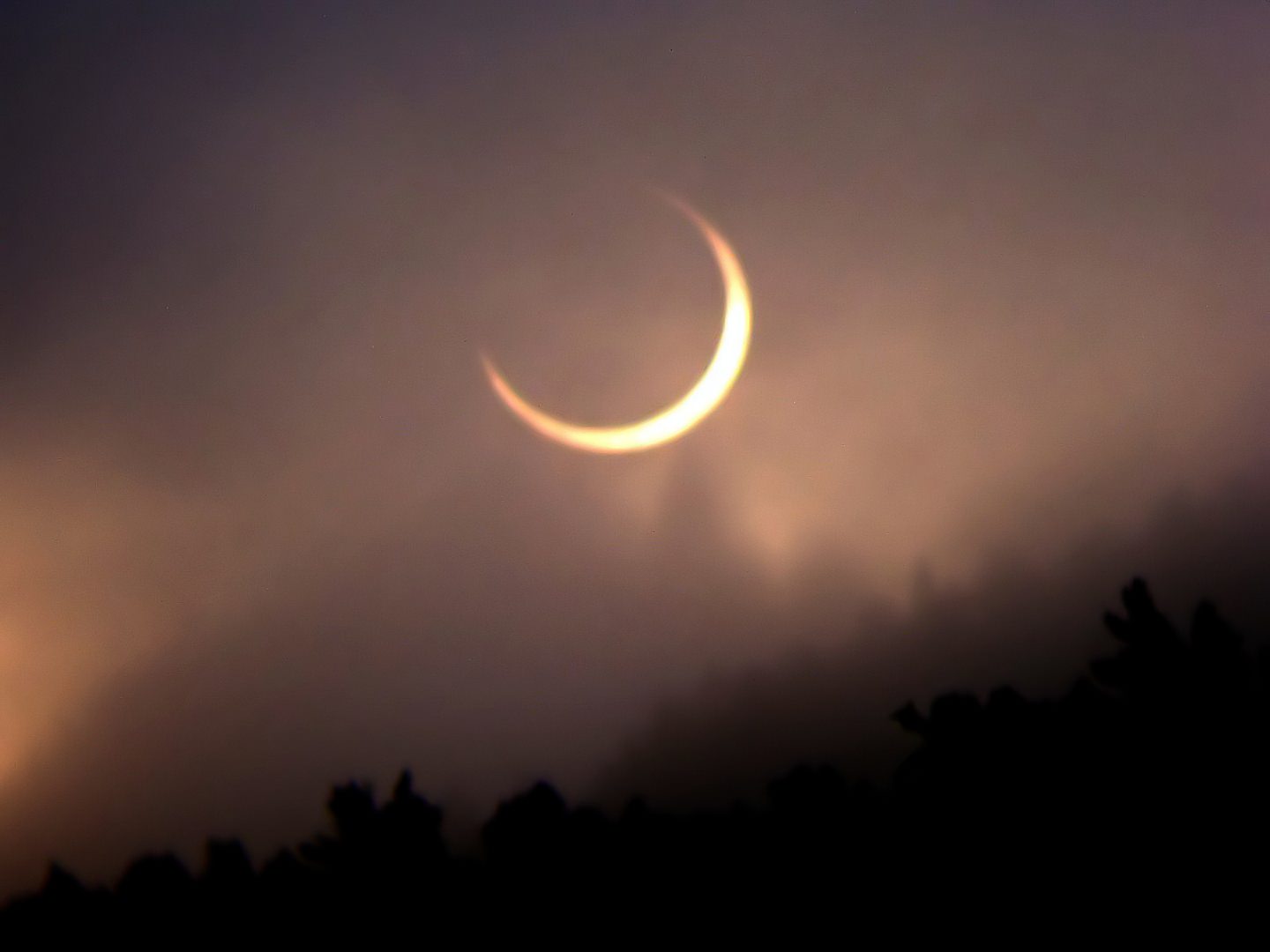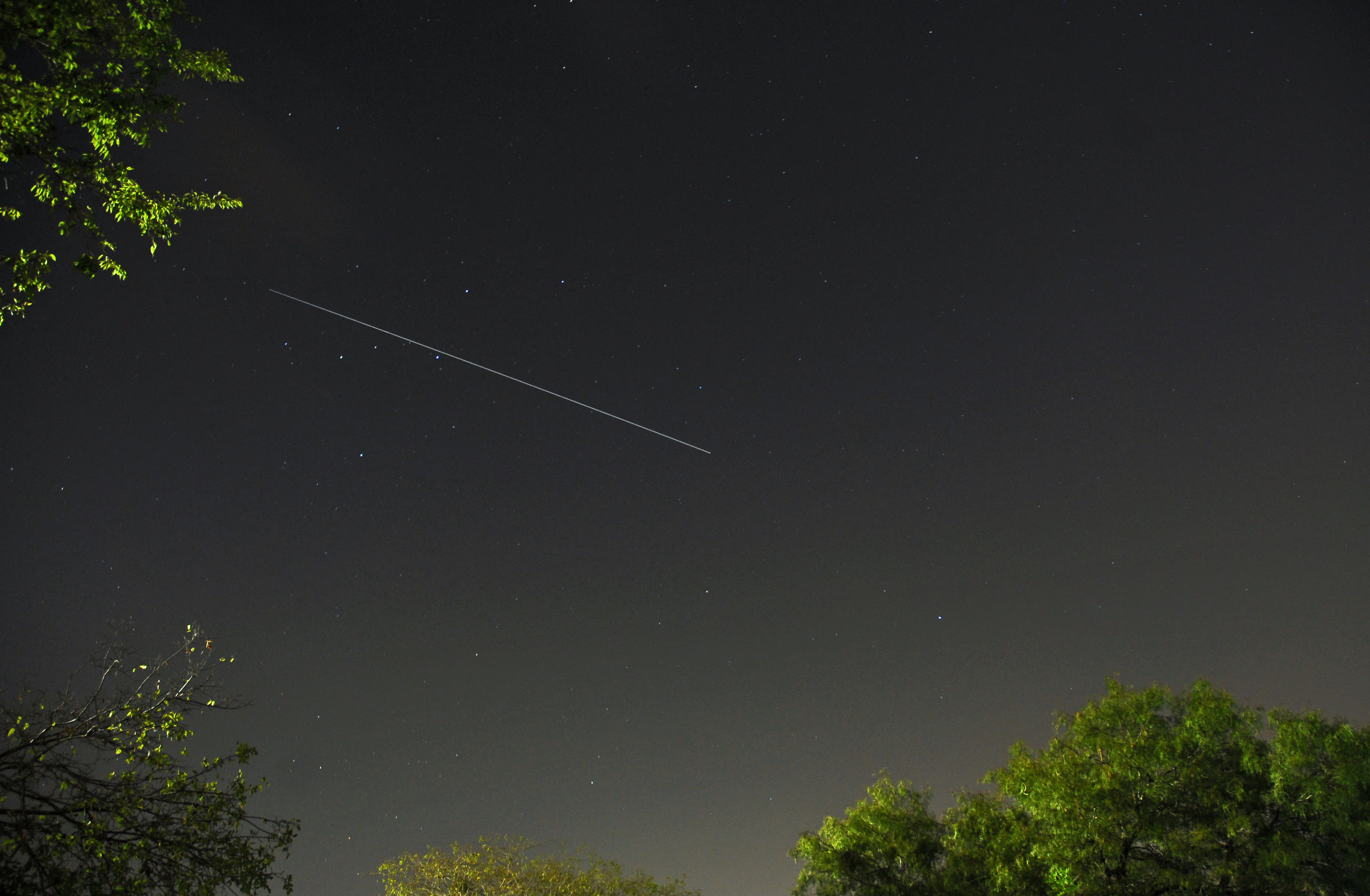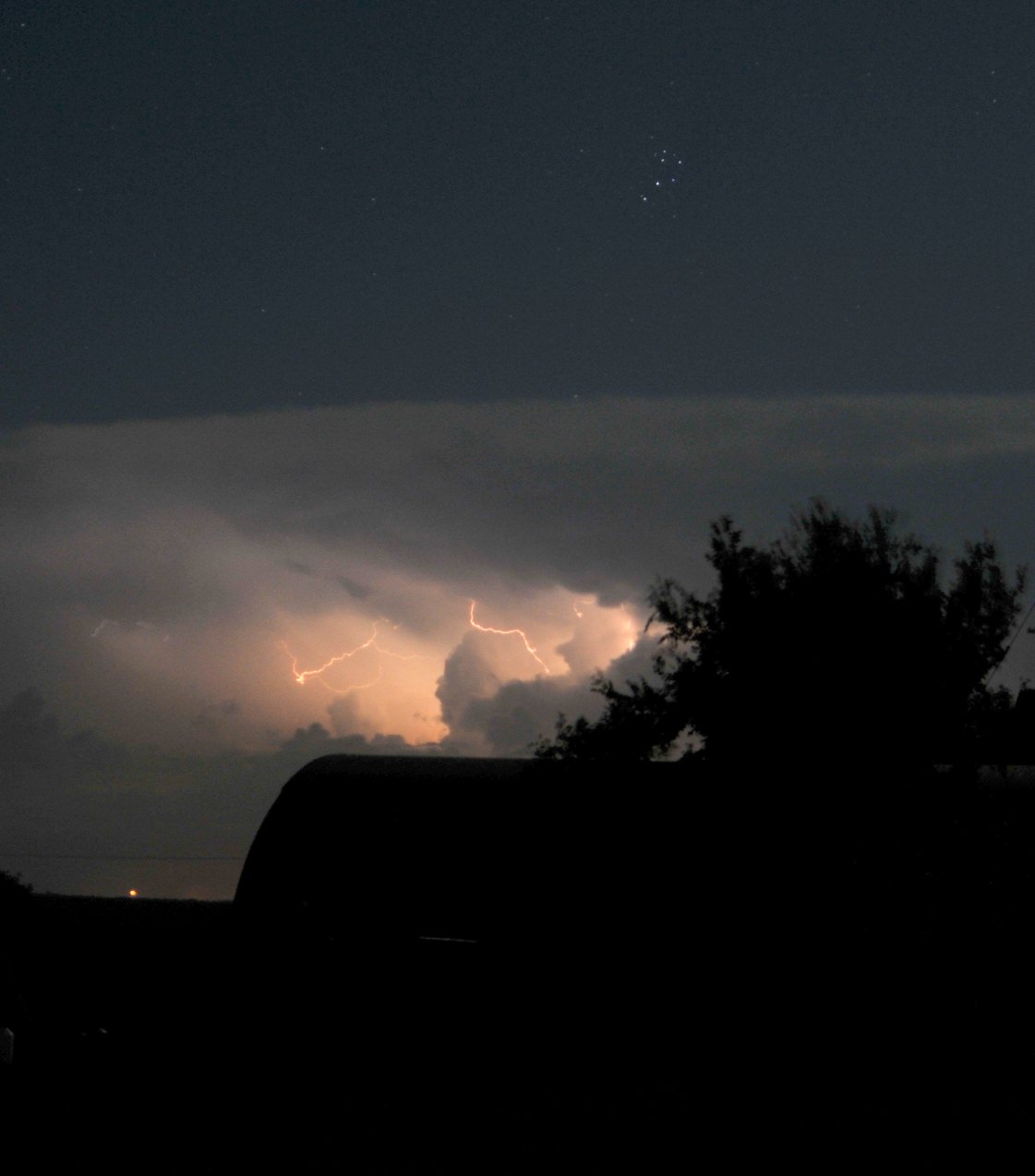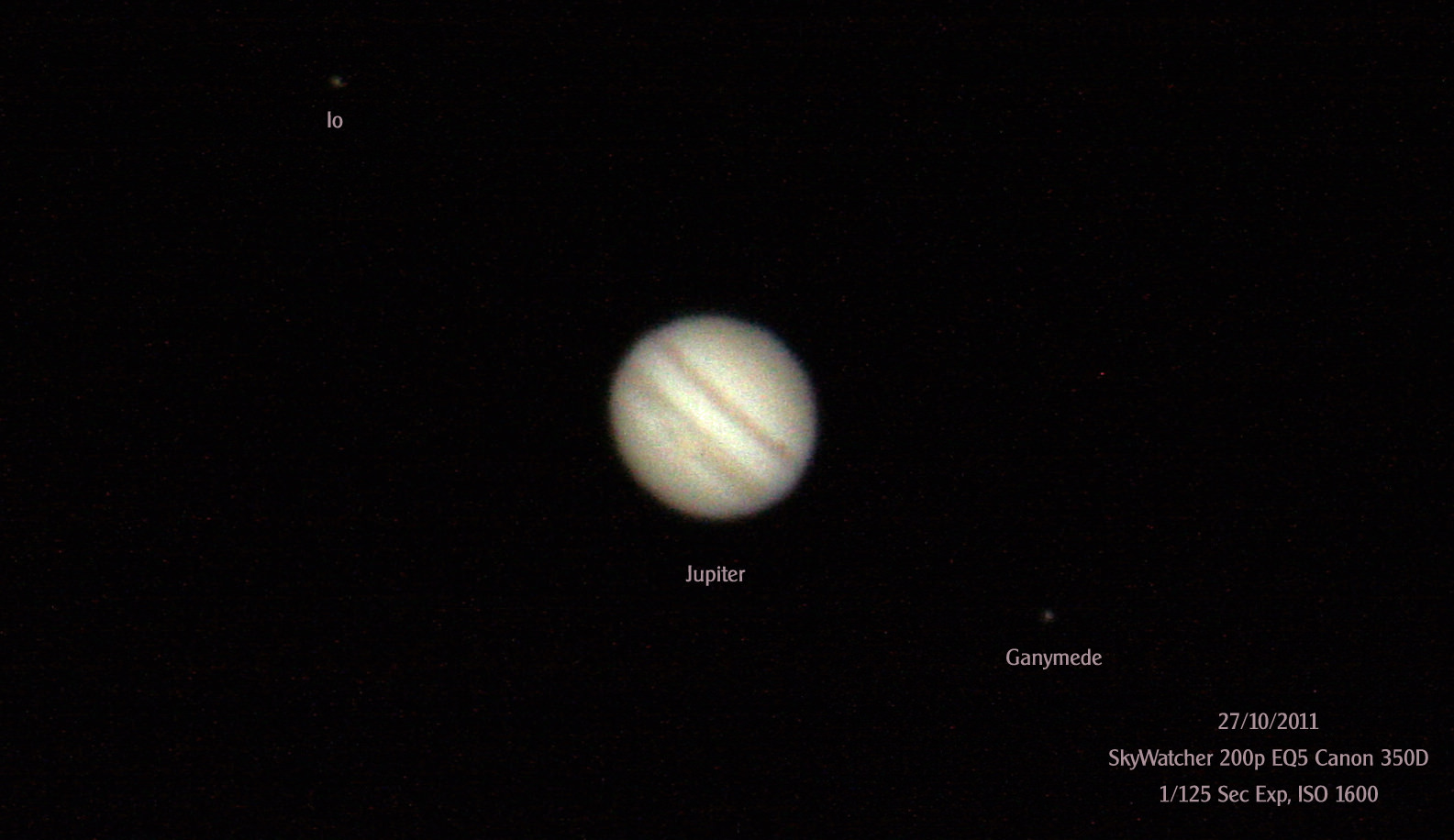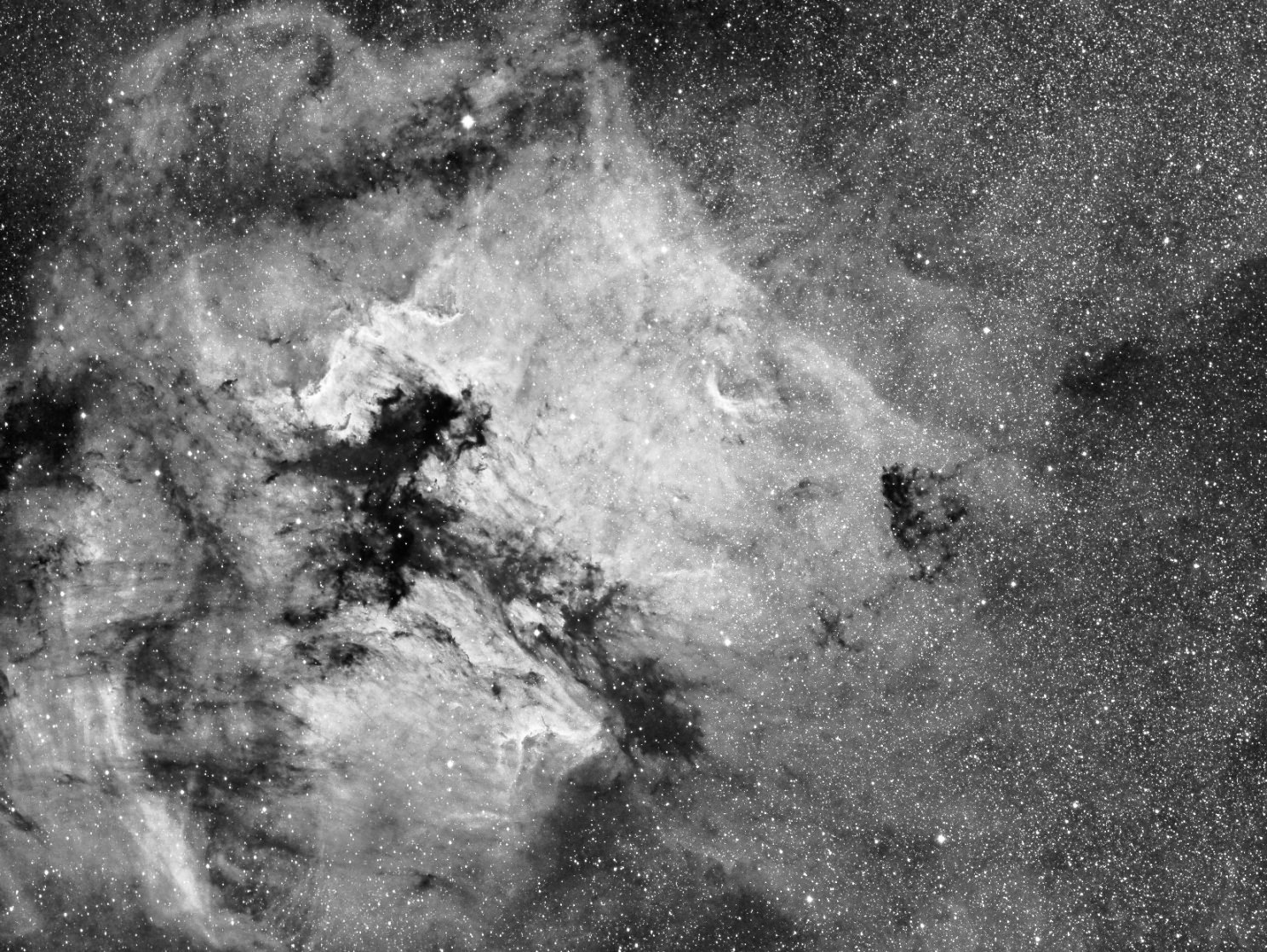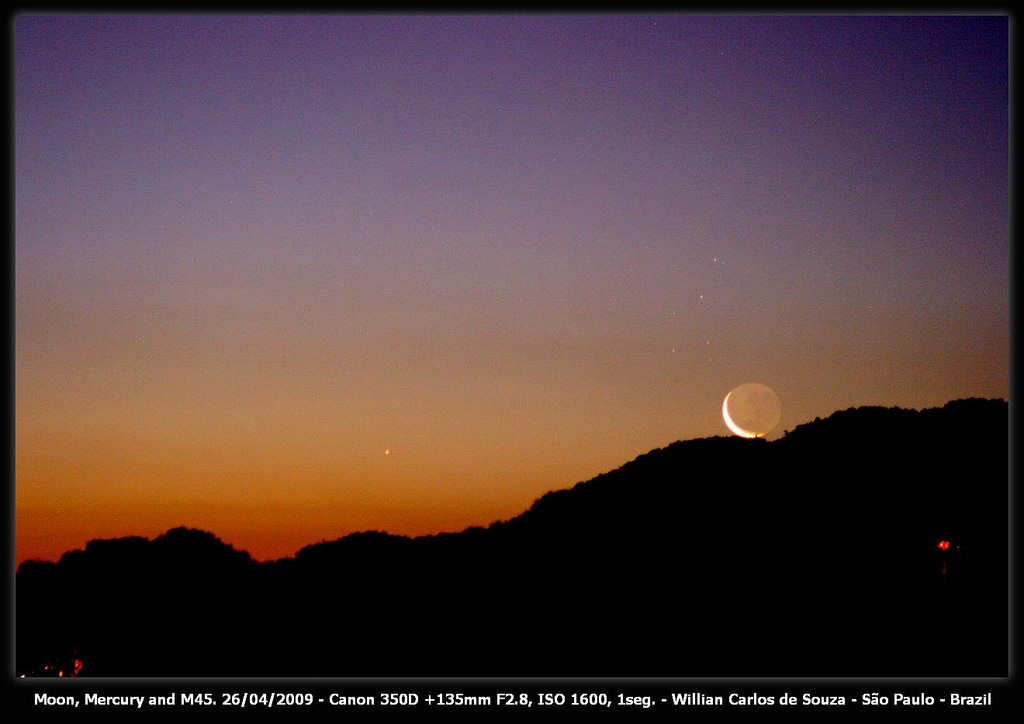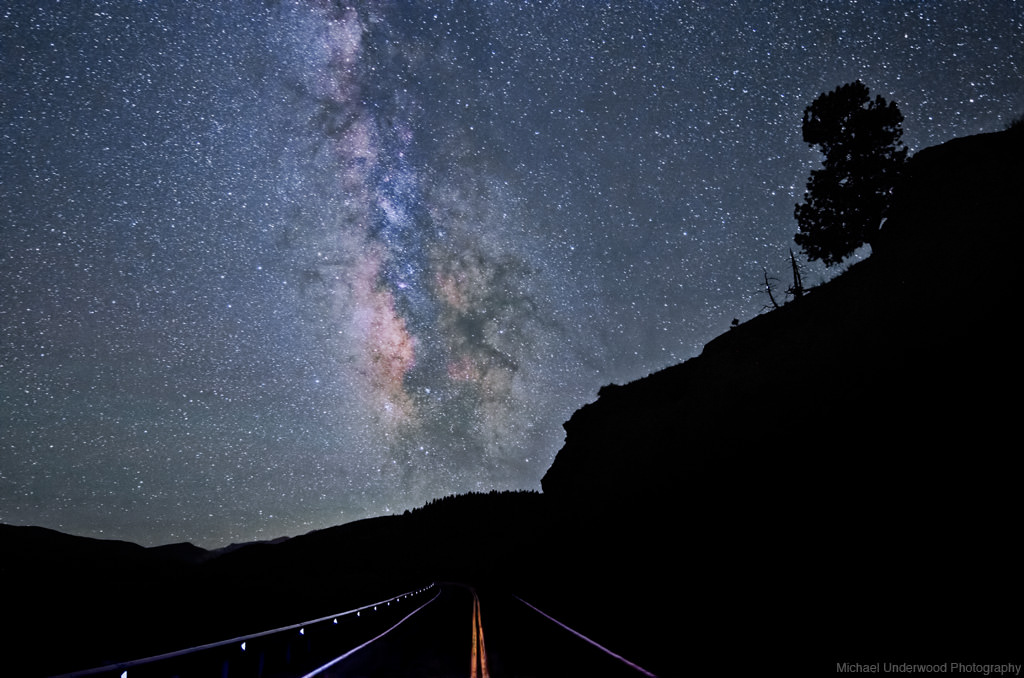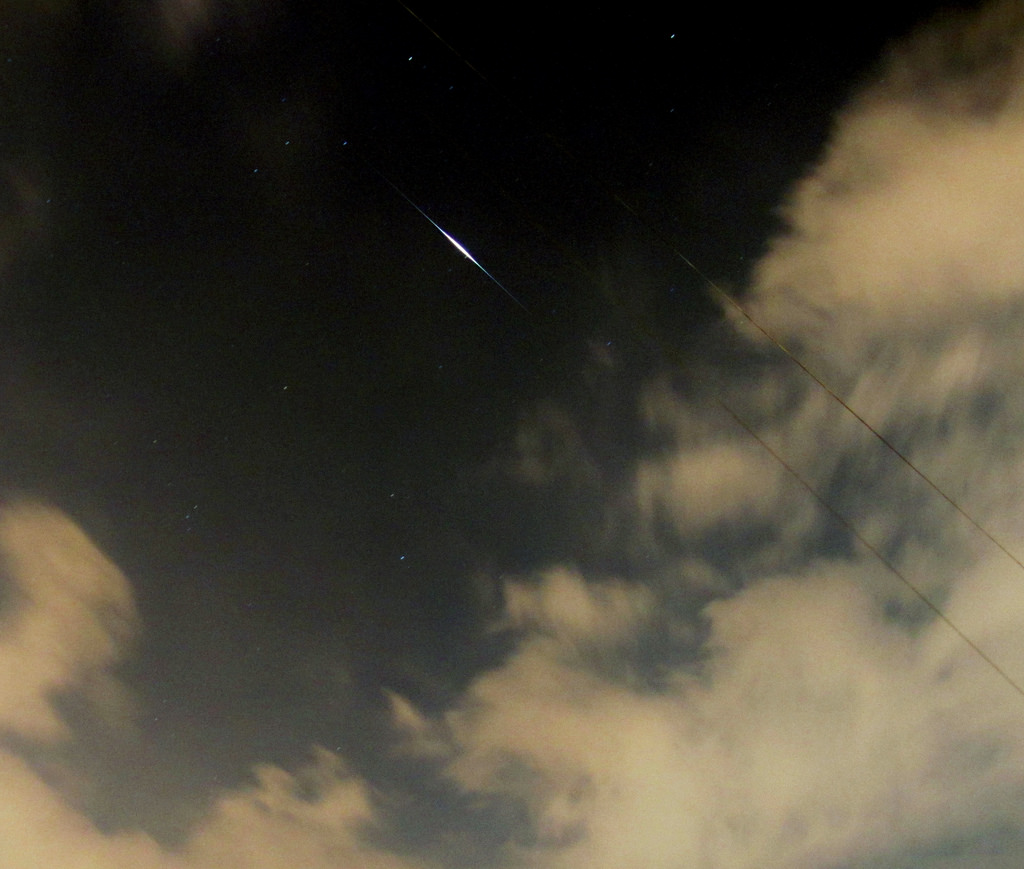[/caption]
This image of Jupiter at opposition was taken by Efrain Morales on October 30, 2011 in Victoria, Aguadilla, Puerto Rico. As seen on the image, “Oval Ba is becoming pale and the barges and festons on the belt regions.”
Opposition is an astronomical event wherein two celestial bodies are in the opposite sides of the sky when viewed from a certain location, in this case, the Earth. During an opposition, the object can be observed almost all night and will be completely illuminated just like a full Moon.
Efrain used the following equipments and specs in taking the image:
LX200ACF 12 in. OTA, F30, CGE mount, PGR Flea3 Ccd, TeleVue 3x barlows, Astronomik RGB filter set.
For more amazing astrophotos, here’s the link to Efrain’s Flickr page.
Want to get your astrophoto featured on Universe Today? Join our Flickr group, post in our Forum or send us your images by email (this means you’re giving us permission to post them). Please explain what’s in the picture, when you took it, the equipment you used, etc.

